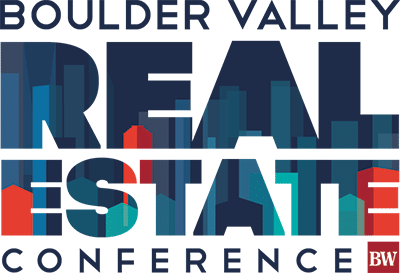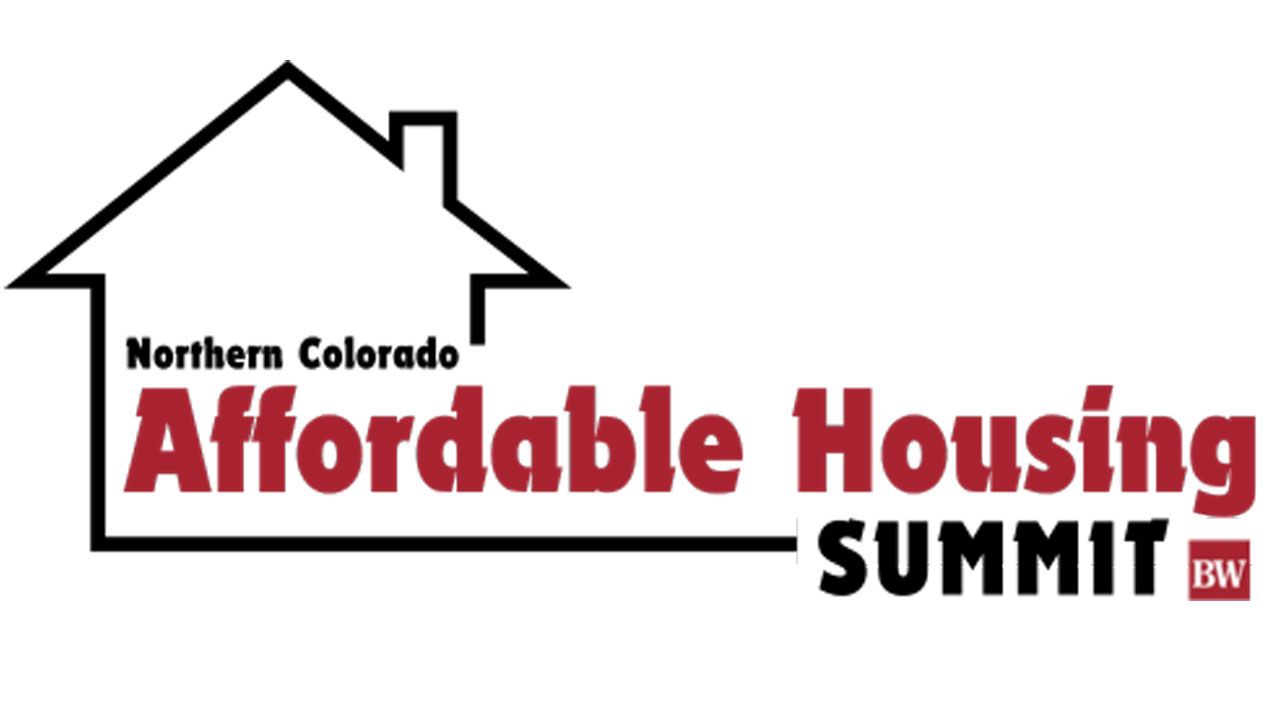Dual real estate market emerges in Boulder Valley
One of the most interesting developing trends in Boulder Valley real estate is the emergence of what I’m calling a “Dual Market.” This burgeoning dual market has lessons for both buyers and sellers, especially in the city of Boulder.
What is a Dual Market?
“How’s the market?” is a question familiar to most real estate agents. For the past several years, the reply was usually something like, “crazy,” “on fire,” “busy,” or something similar. In truth, however, the answer should be tied to which market segment one is referring, as markets can vary based on housing type, location (even down to the sub-neighborhood level), quality of finish, etc. Some market segments are appreciating rapidly and are a strong seller’s market, while some are actually in the midst of a buyer’s market.
In the Boulder Valley, we are beginning to see the two largest residential market segments (in terms of price) act as two different market with two different sets of rules.
On one hand, we have what I’ll call the “Upper Market,” which I’m defining as homes priced at $1 million and above (which currently go up to $5,995,000). You’ll note that I’m not calling this the “Luxury Market,” both because the average home in Boulder is currently over $1 million and because many of the homes in this segment would not fit the definition of “luxury.” On the other hand is the “Lower Market,” which is comprised of any homes below $1 million. While the Boulder Valley is generally described as being in a seller’s market, the Upper Market shows strong signs of being a buyer’s market.
Months of Inventory. As of the close of the first quarter, there were 11.3 months’ of inventory in the Upper Market, meaning if no more homes came on the market, it would take over 11 months to sell the stock of homes currently on the market. To provide context, a balanced market has about six months’ of inventory, so this indicator weighs heavily toward a buyer’s market. In Boulder County, there are currently 118 single family homes available on the market at $1,000,000 or above, of which 105 are located in the City of Boulder. The Lower Market, by contrast, had an average of 2 months’ of inventory, which is indicative of a very strong seller’s market. Currently, there are 343 single family homes available in the Lower Market, but only 51 of which are located in the City of Boulder.
Days on the Market.
The average days on the market from listing to closing for homes in the Upper Market is 103 days. This is a full month longer than the average for all homes in Boulder County, including those in the Lower Market. The longer homes sit on the market, the more it is a buyer’s market, so this indicator also shows that the Upper Market is more on the buyer’s market side.
Sales Price vs. Listing Price Ratio (SP/LP).
The higher the sales price when compared with the listing price, the stronger a seller’s market. For example, the SP/LP ratio in our hottest market has been over 100 percent for some time, meaning that the average sale price of a home was above its listing price. In the Upper Market in the first quarter, the average SP/LP was 97.5 percent, which may sound impressive. However, the average SP/LP for all homes in Boulder County was 99.2 percent, which is substantially higher when one considers the size of the transactions involved. Here again, the Upper Market appears to be a buyer’s market, while the Lower Market appears to be a seller’s market.
Percent under contract.
One final indicator we’ll consider is the percent of homes actively on the market that are already under contract to be sold. The higher the percentage of homes under contract, the stronger the seller’s market and vice versa. In the Upper Market, 25 percent of all available homes were under contract in the first quarter. By comparison, 50 percent of all homes in the whole market, including the Lower Market, were under contract.
The data from the first quarter of 2017 show that our residential market has bifurcated into a Dual Market, where the Upper Market is currently in a buyer’s market and the Lower Market is still in a seller’s market. What this means for home buyers is that if you’re looking in the Lower Market, you still have to be prepared to aggressively compete with multiple offers and be ready to act quickly. If you are a buyer in the Upper Market, it means you likely have a little more time to consider your options and are more likely to be able to buy a home for less than its asking price. However, even in the Upper Market, unique, well-priced and desirable homes are still likely to move quickly, especially when they are located in a prime location, have inspiring views, etc. The bottom line is that buyers should be aware of what market they are participating in and adjust their strategy accordingly.
Jay Kalinski is broker/owner of Re/Max of Boulder.
Dual real estate market emerges in Boulder Valley




